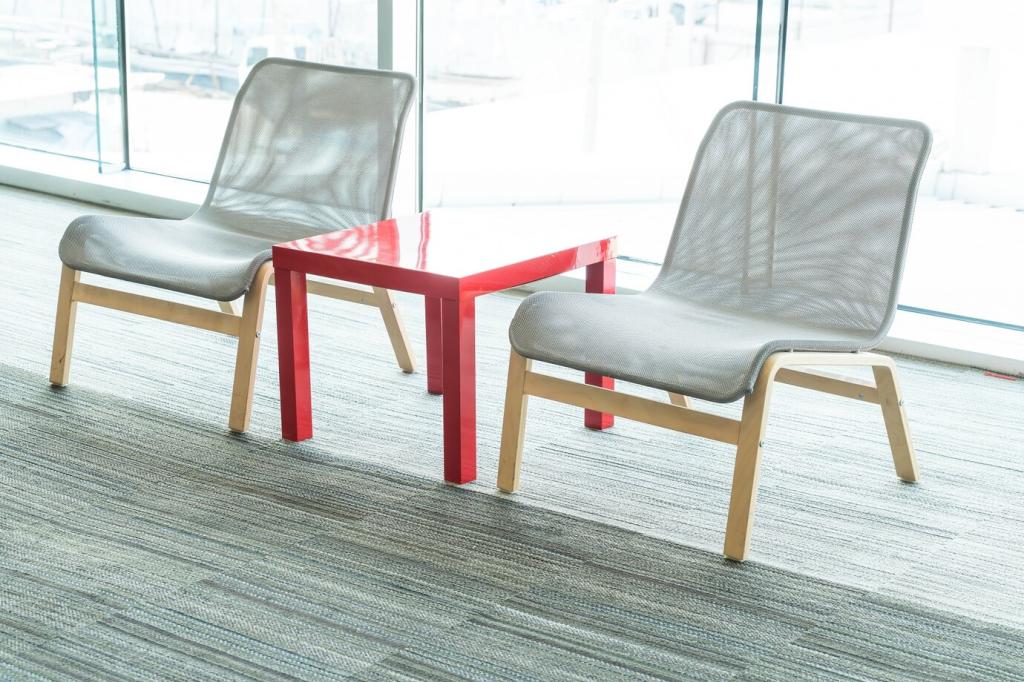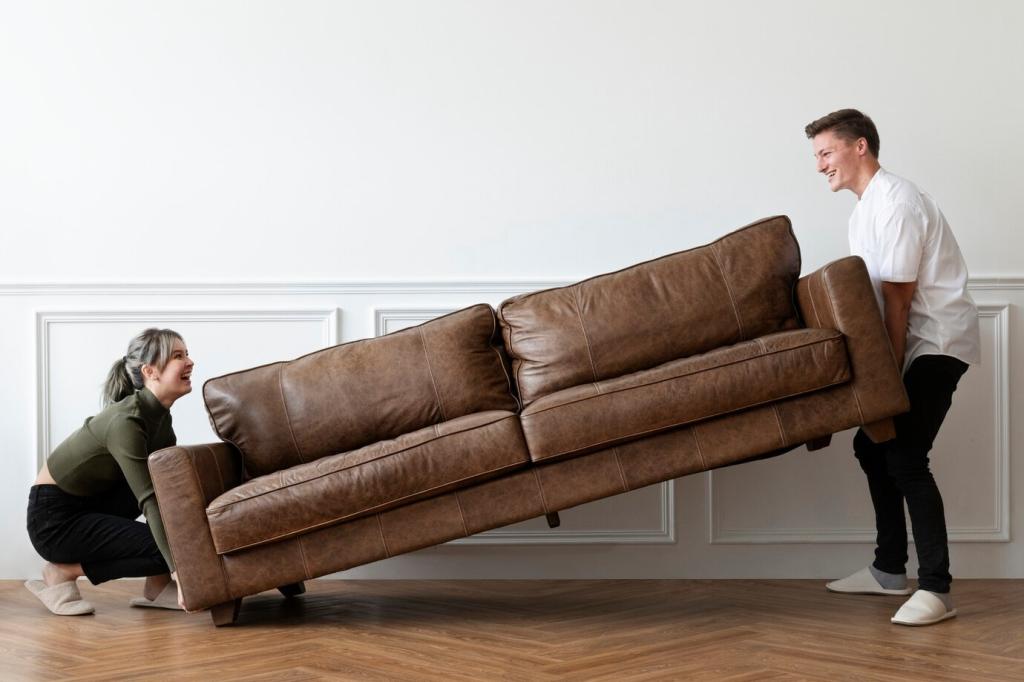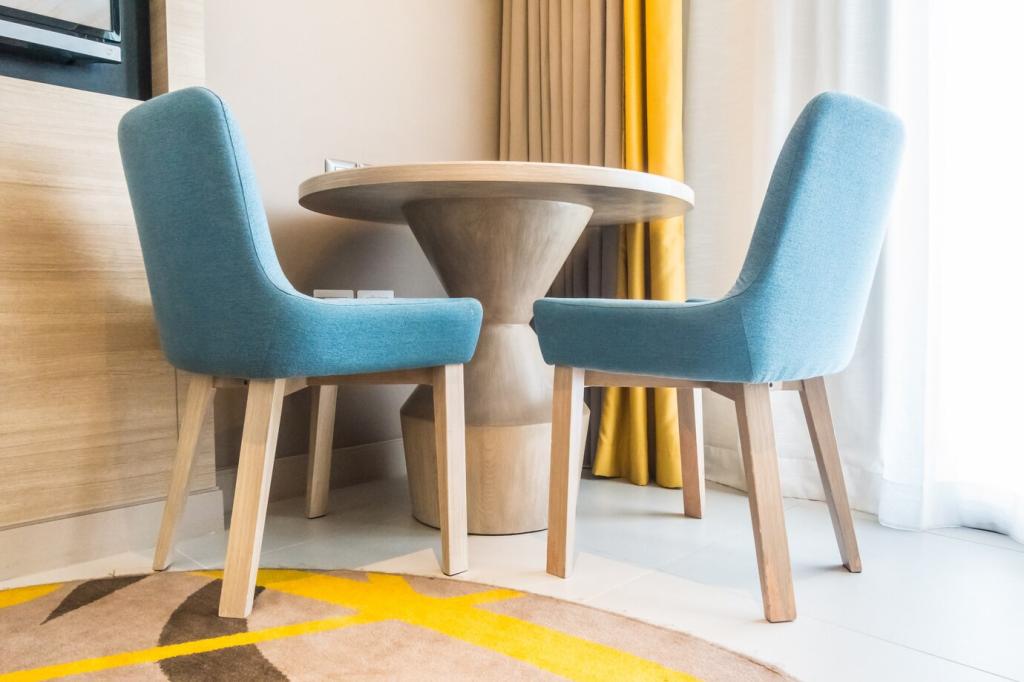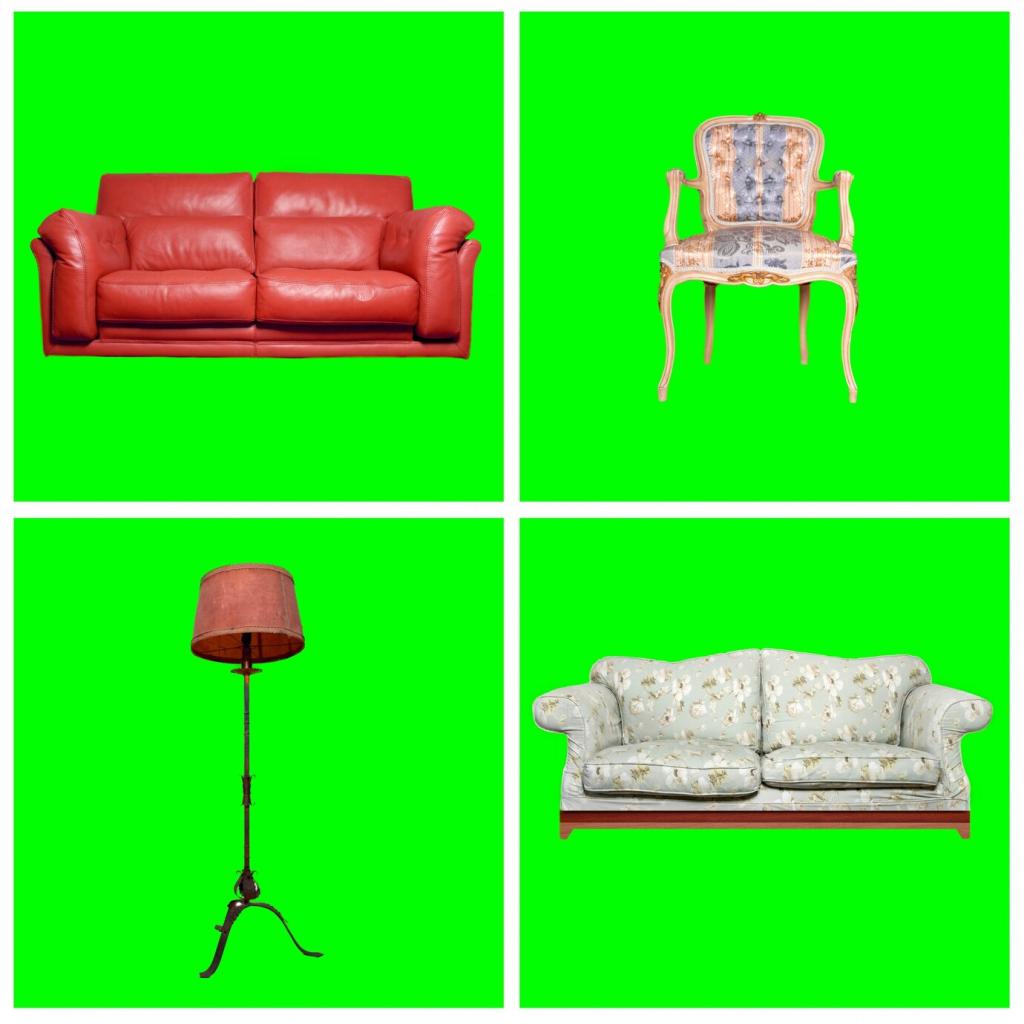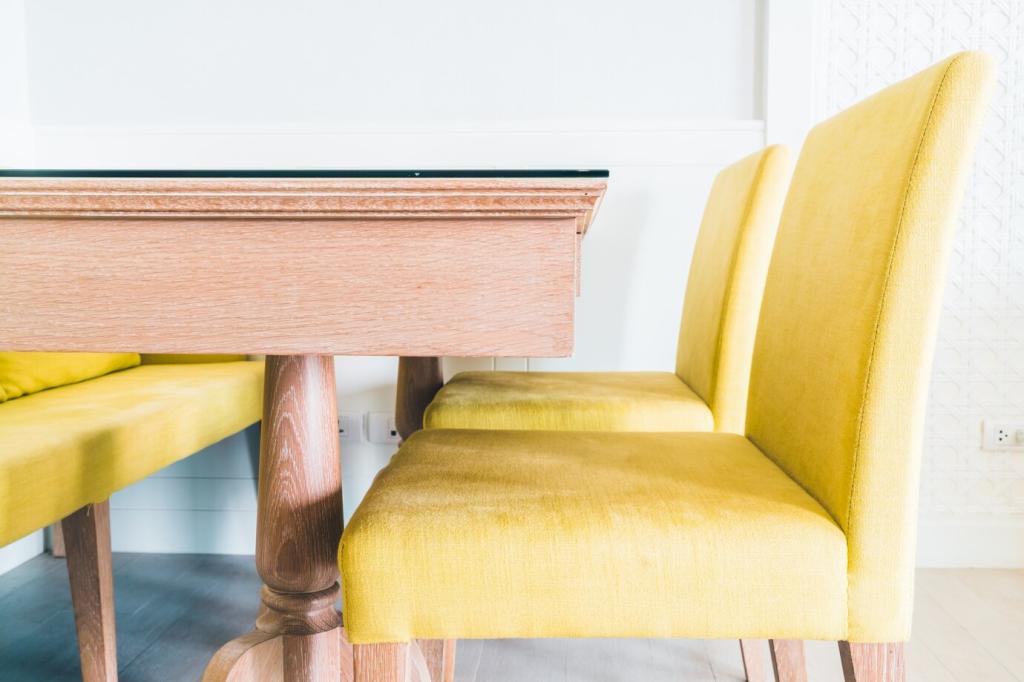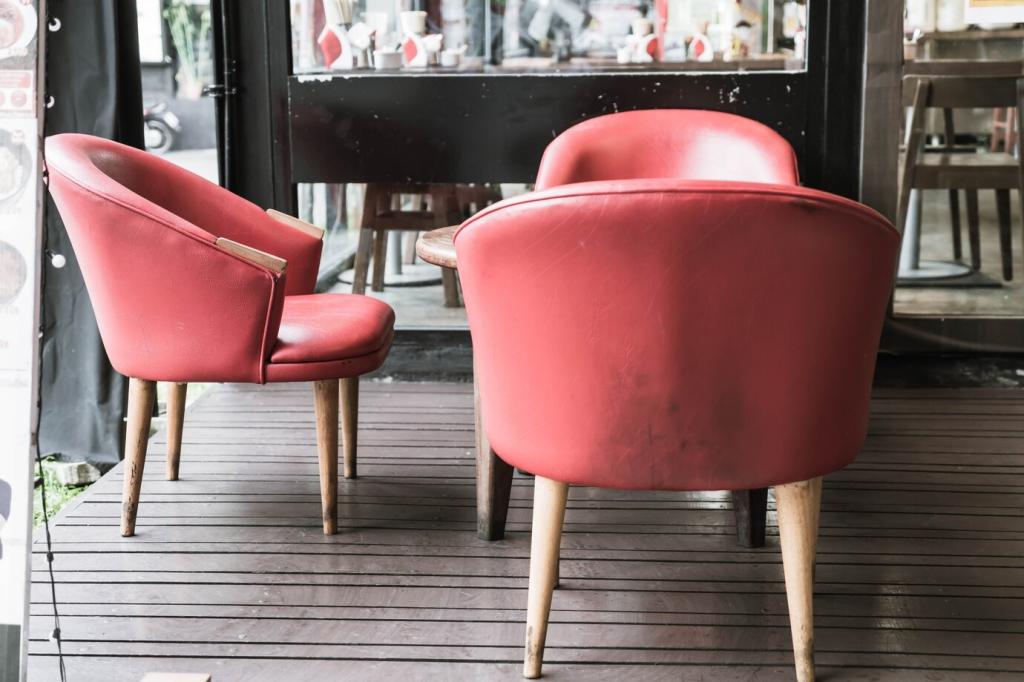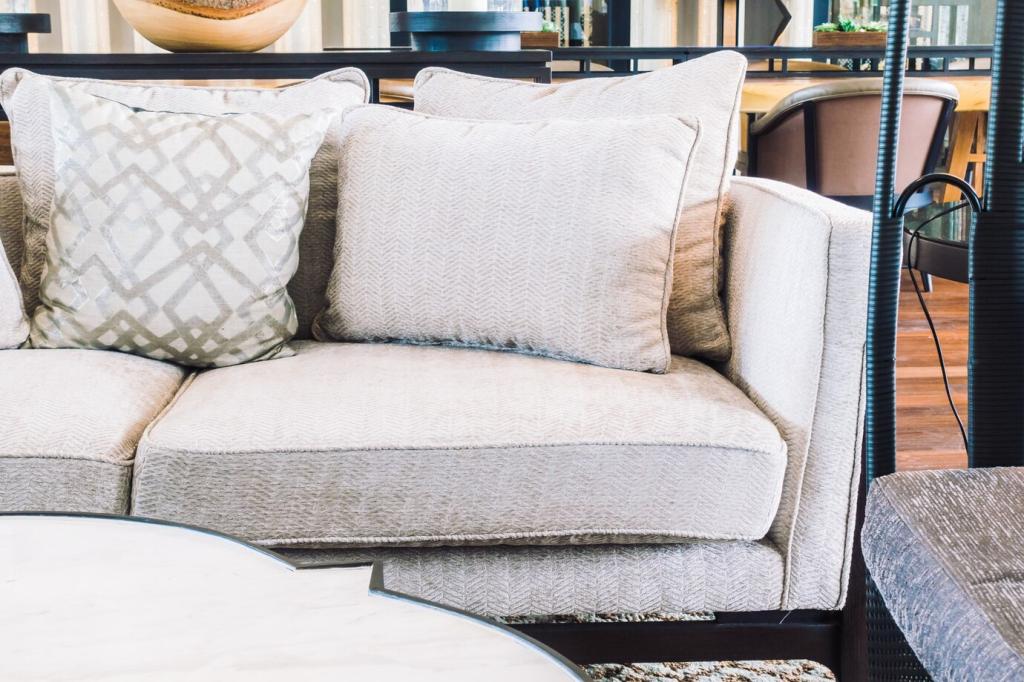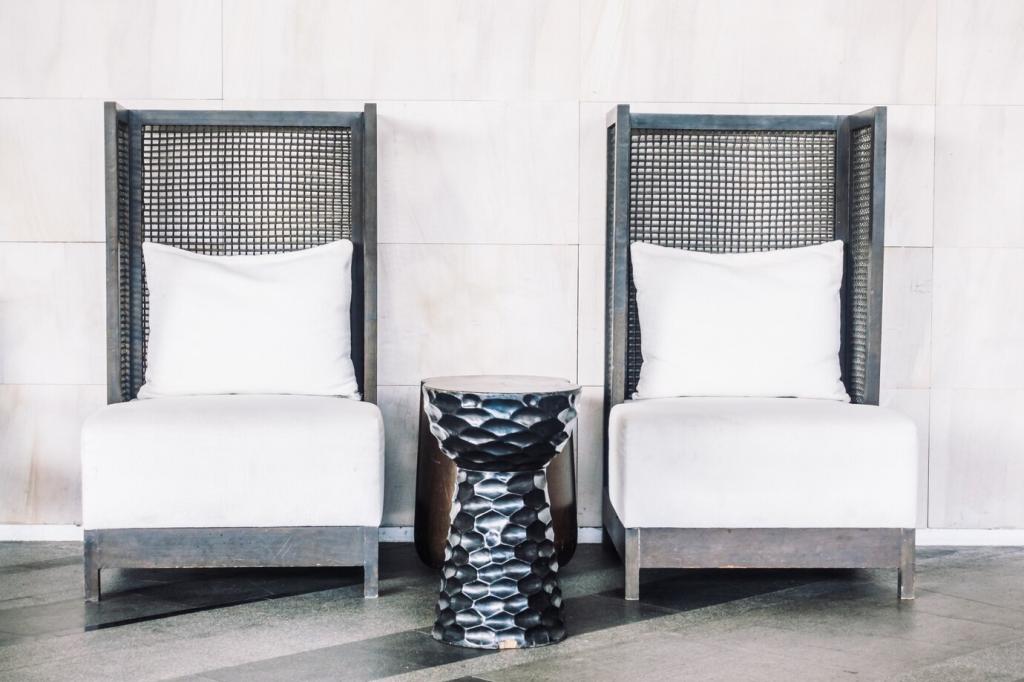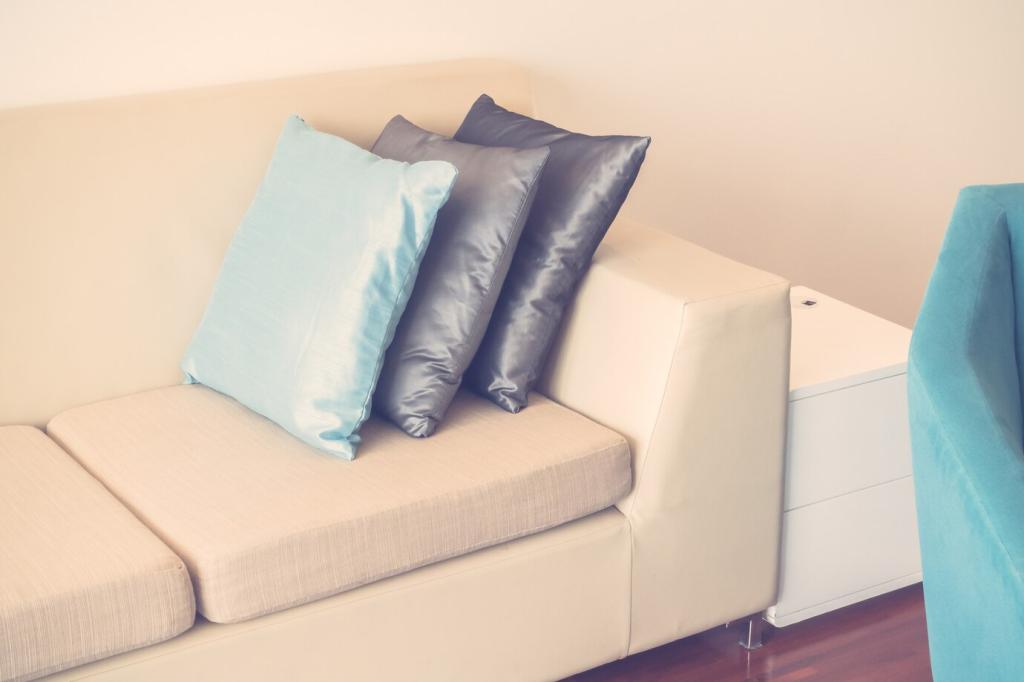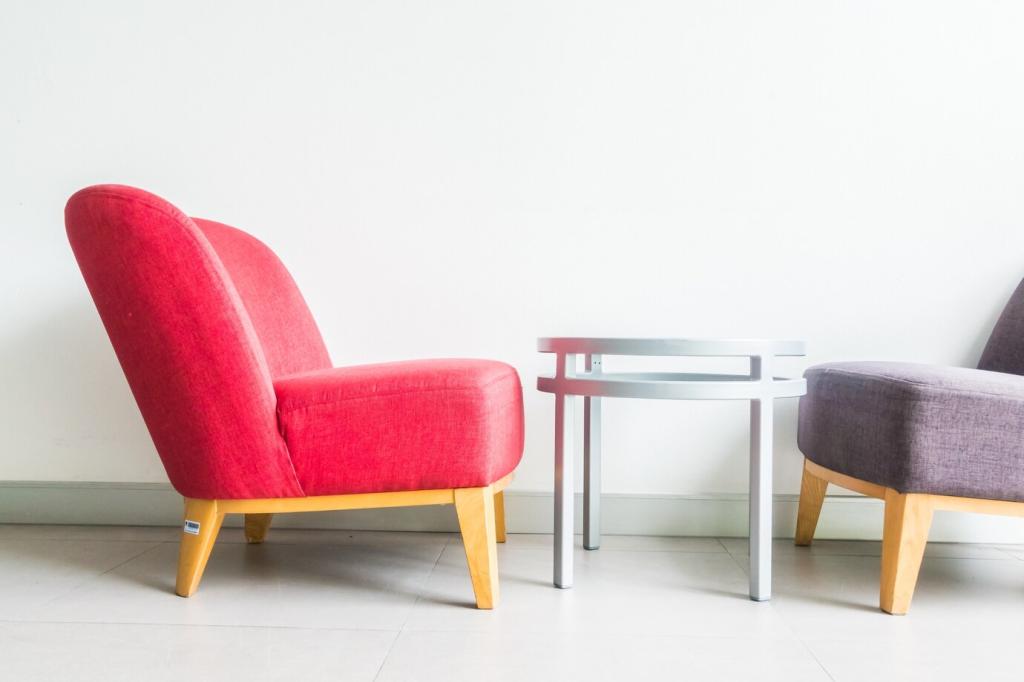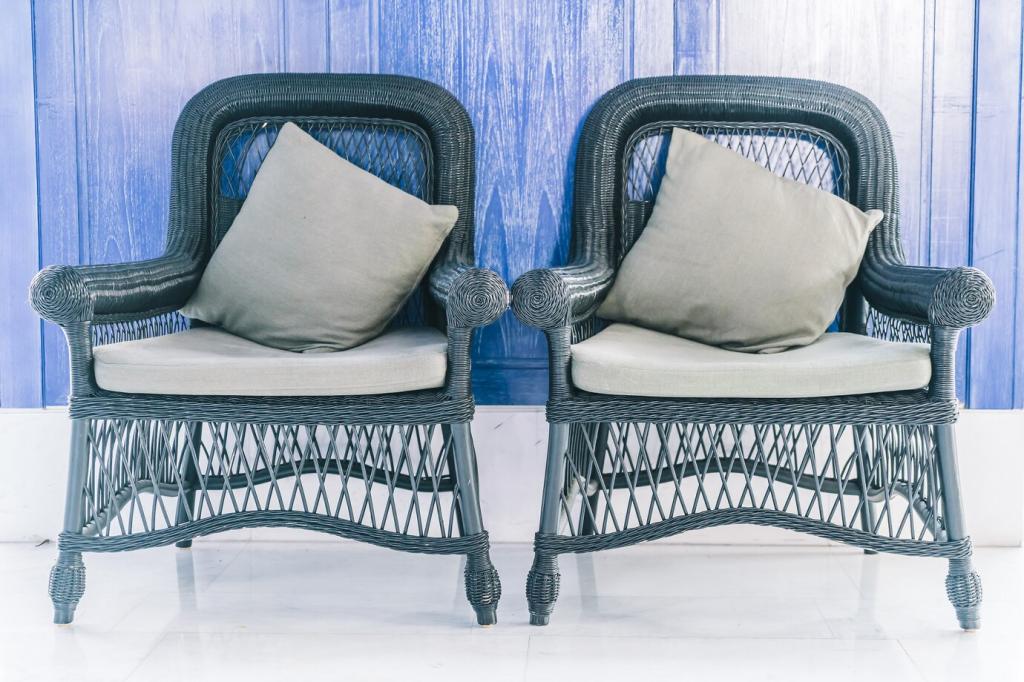Collector’s Eye and Everyday Living
Provenance tags, maker signatures, and imperfections that reveal the hand speak louder than generic prints. Ask for textile origins and pay attention to scale and repeat. Share a detail that convinced you a piece was honest, and help fellow readers learn the markers of meaningful upholstery.
Collector’s Eye and Everyday Living
Layering suzani florals with tartan or adire indigo with velvet succeeds when stories harmonize in scale, contrast, and intent. Begin with one anchor narrative, then add supportive voices. Post a snapshot of your pattern mix, and we’ll offer gentle guidance rooted in cultural context and balance.

